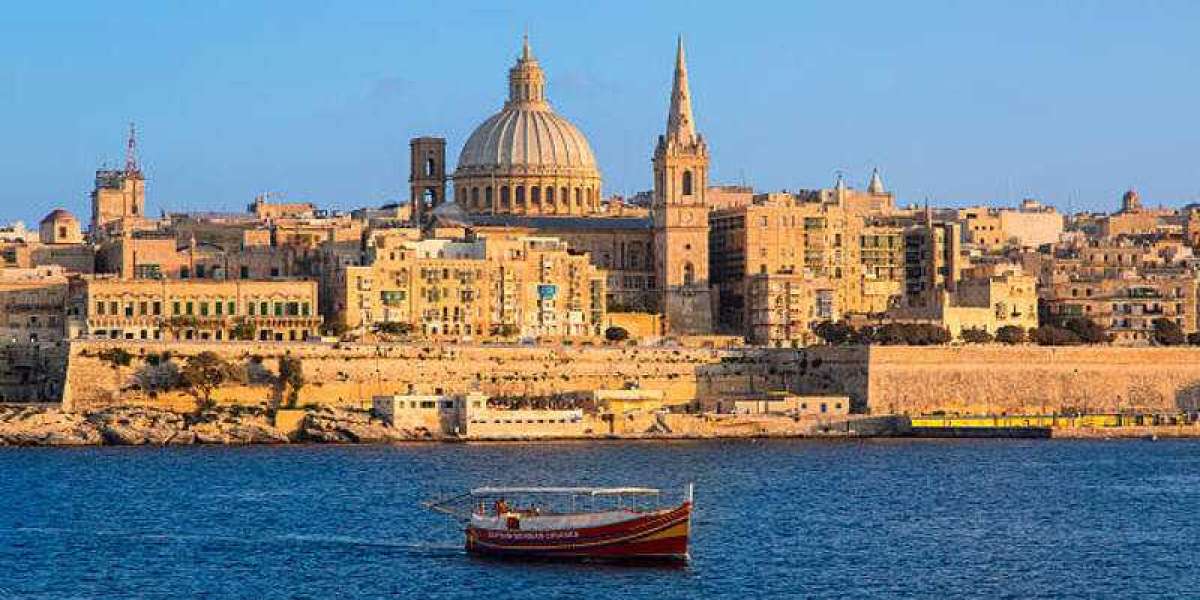The island nation of Malta, which is located in the center of the Mediterranean Sea, has thousands of years' worth of rich cultural and historical traditions. This small but historically significant country officially called the Republic of Malta, is well recognized for its advantageous location which has made it a sought-after treasure for many ancient civilizations. Malta's history is an intriguing synthesis of influences that have molded its own identity, from the Phoenicians and Romans to the Knights Hospitaller and the British. Reflecting the island's rich history and architectural splendour, the capital city of Malta, Valletta is the smallest capital city in the European Union and a UNESCO World Heritage site. For individuals eager to explore Historical sites in Malta provide an unmatched experience.

These historical landmarks provide an enthralling look into Malta's past whether you're a history buff or just interested in learning more about the island's colourful past. Visiting these sites broadens your understanding and lets you enjoy the architectural and cultural gems of the island. Making sure you have the required Malta visa, for those who are considering a journey, will enhance the pleasure of seeing these intriguing locations.
Here are the 6 Fascinating Historical Sites in Malta you cannot miss
1. Mdina:

The captivating walled city of Mdina also referred to as the "Silent City," was formerly the capital of Malta. Entering Mdina is like entering an outdoor museum, where you can take in the city's breath-taking Baroque buildings which include sophisticated churches and opulent homes. History lovers should not miss exploring the city's medieval and Baroque past through its winding, narrow alleyways, which are lined with old structures. Investigating Mdina exposes the city's rich history from its days as a political and religious hub to its current status as a peaceful tourist destination. With its magnificent architecture and well-preserved fortifications Malta offers a window into its past splendour and a time-traveling atmosphere.
2. Temples in Ggantija:

The Ġgantija Temples on the island of Gozo are among the most significant historical sites in Malta, offering a profound glimpse into the island's ancient history. Constructed between 3600 and 3200 BC, these megalithic temples are some of the earliest free-standing structures in the world. The site features two impressive temples enclosed by a massive boundary wall, showcasing the advanced engineering skills of Malta's prehistoric inhabitants. The Ġgantija Temples provide a captivating view into early Maltese religious practices and architectural achievements, and their status as a UNESCO World Heritage site underscores their global historical importance.
3. Rabat's Roman Domes:

The Roman Domus, located near Rabat, is one of the most intriguing historical sites in Malta, offering a captivating glimpse into life during the Roman era. This well-preserved Roman mansion features stunning mosaic floors, intricate paintings, and a collection of artefacts that portray daily life in ancient Malta. Visiting the Roman Domus allows you to experience Roman daily routines and living conditions, providing a step back in time. The detailed decorations and artefacts make this site an essential part of any historical tour of Malta, revealing a rich narrative of the island's Roman heritage
4. The Palace of Grandmaster:
The Grandmaster's Palace located in Valletta's Saint George's Square is a noteworthy historical site. This imposing structure, which dates back to 1571, has housed Malta's government ever since it was built. It provides an insight into the political development of Malta and the Knights of Malta era. The palace is well known for its magnificent chambers, which include the Throne Room which displays the opulence of the Knights' rule and the Palace Armoury which holds a sizable collection of medieval weapons. A trip to the Grandmaster's Palace is essential for everybody interested in the past of Malta, as it offers a more profound comprehension of the island's military and government histories.
5. Valletta:
The Knights of Malta constructed Valletta, the capital city of Malta, following their victory in the Great Siege of 1565. The honey-colored limestone structures quaint lanes, and breath-taking sea views of this UNESCO-listed city are its most notable features. Encircled by fortifications dating back to the 16th century, Valletta is a highly walkable city in Europe that boasts an abundance of historical and architectural gems. The lavish baroque interior of St. John's Co-Cathedral and the expansive views of the Grand Harbour from the Upper Barracca Gardens are two of the main attractions. History lovers and tourists alike will find Valletta to be an enthralling destination due to its rich history and stunning architecture.
6. The Co-Cathedral of St. John:
Commissioned in 1572, St. John’s Co-Cathedral stands as a stunning example of Baroque architecture and is among the most significant historical sites in Malta. The 17th century brought a lavish redecoration that showcases the opulence and artistic achievements of the Knights of St. John. The cathedral's interior is a treasure trove of Renaissance art and history, featuring exquisite frescoes, elaborate marble tombs, and notable works by Caravaggio. In addition to its breath-taking artwork and architecture, St. John’s Co-Cathedral houses an impressive collection of 16th-century illuminated manuscripts. As a place of worship and a historical and cultural landmark, it represents Malta's deep-rooted connection with the Knights and their artistic legacy.
Conclusion:
A fascinating trip through time is provided by visiting Malta's historical landmarks which provide insights into the rich and varied past of the island. Malta's historical sites, which range from the prehistoric Ġgantija Temples to the Baroque opulence of Valletta and St. John's Co-Cathedral, are evidence of the country's many cultural influences and strategic importance in the Mediterranean. Every site adds to our understanding of Malta's historical development and its significance in forming the history of the region with its own stories and architectural wonders.
Scattered across a mere 316 square kilometres, Malta is home to about 542,000 people making it one of the world's smallest yet densely populated nations. Because of its advantageous location in the Mediterranean the island has had a number of rulers who have all had an impact on its natural beauty and cultural traditions. Malta's historical sites are not only fascinating to history buffs, but they also serve as a reminder of the island's lasting legacy. Malta offers a rich, immersive, and educational historical experience, whether touring ancient temples, fortresses, or medieval cities. To guarantee a seamless travel experience, be sure to review the Malta Visa requirements if you're considering a visit.








